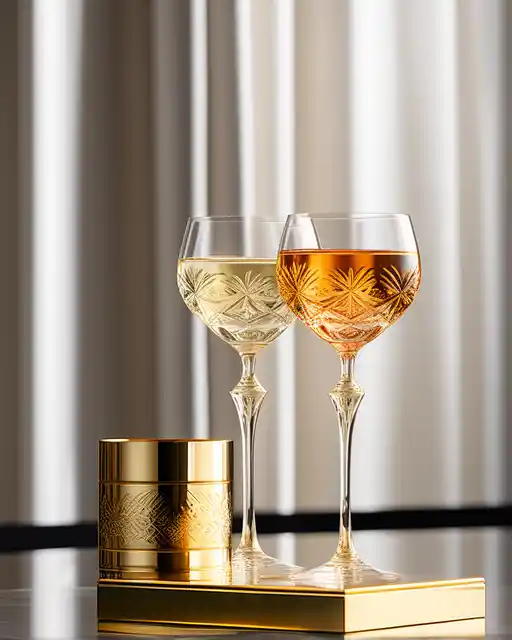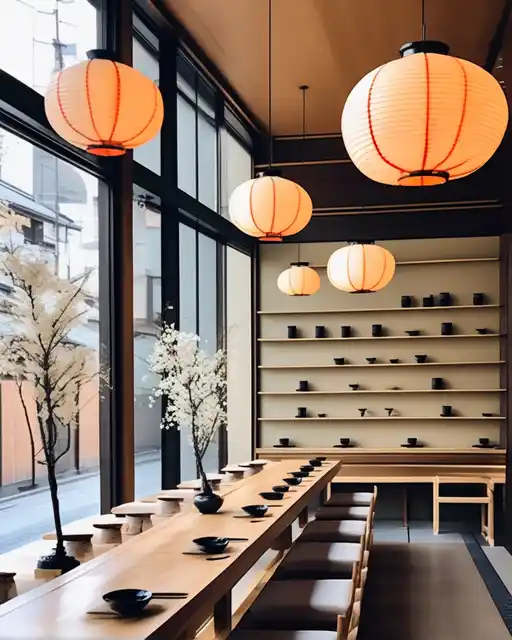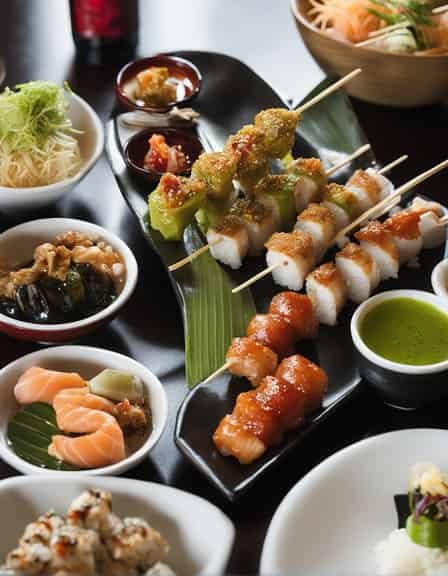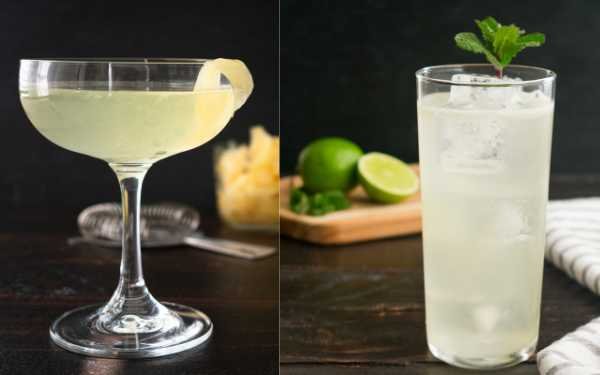Sake Selection at Sake House | 50+ Rice Wines Await
Updated: 04 Jun 2023
201

Imagine taking a magical teleporter to the lively sake bars of Japan for an evening. Now imagine that Sake Oasis was located right here in Denver’s backyard.
Sake House offers just that portal to the rich sake culture of Japan through its premier selection of over 50 premium rice wines. At this cozy sake sanctuary in the Highland neighborhood, you can sip your way through a “tokkuri” (carafe) while nibbling on authentic small plates. From the wooden accents to the welcoming hospitality, Sake House teleports your taste buds abroad without ever leaving the 303 area code.
Table of Contents
What is Sake?

Sake is a Japanese alcoholic beverage made from fermented rice. It carries the nickname “rice wine” though sake is brewed more like beer with rice as the main ingredient. Premium sake is made by removing the protein from rice grains and converting the starch into sugar. This allows the natural sugars to transform into alcohol through fermentation.
The end beverage ranges from dry and earthy to sweet and floral in taste. While sake has a 2,000-year history in Japan, it is just starting to expand in popularity globally.
What is a Sake House?
Sake houses serve up tastes of tons of rice wine varieties alongside yummy bites like dumplings. At these fun hangouts, you can soak up knowledge on ancient drinks from expert servers while filling your belly!
The History and Culture of Sake
For over 2,000 years, sake has been brewed in Japan using an ancient technique called multiple parallel fermentation.
This complex process turns simple rice into a tasty alcoholic drink!
Sake is made by first polishing rice grains to remove the protein and oils from the exterior. Then a mold called koji is added to kickstart fermentation.
The rice converts its starch into sugar which is transformed into alcohol by yeast. Sake gets better with age, like a fine wine.
It is sipped during meals, holidays, and ceremonies to signify friendship and honor. Sake is also offered at Shinto shrines as a sacred blessing.
From pop culture to traditional rituals, sake will always be the national drink of Japan!
Difference between Traditional and Modern Sake House
1. Traditional Sake Houses

- Focus only on sake selections
- Minimalist decor like wood and paper screens
- Specialize in traditional Japanese small plates
- Reserved, solemn vibe
2. Modern Sake Houses
- Offer expanded drink menus beyond sake
- Hip, contemporary interior design
- Fusion foods alongside Japanese fare
- Lively, upbeat atmosphere
While staying true to culture, modern sake houses adapt traditions to appeal to younger crowds. They keep the menus innovative and make the experience more casual and inclusive. But stellar sake selections remain the heart and soul of today’s sake houses.
Sake Types

1. Junmai
This “pure rice” sake uses only rice, water, koji, and yeast without any added alcohol. Junmai has a rich, umami flavor that ranges from dry to soft and sweet. It’s one of the oldest sake styles.
2. Honjozo
A small amount of brewer’s alcohol is added to lighten the flavor and aroma of these sakes. Honjozo offers a lighter, cleaner taste.
3. Ginjo
Known for being light, fresh, and fruity, ginjo is made from highly polished rice with at least 40% of the grain milled away.
The rice kernels are steamed longer to intensify the flavors.
4. Daiginjo
Considered the highest quality sake, daiginjo is the most refined style.
At least 50% of the rice grain is milled away, leaving only the starch-rich core. This produces a complex yet delicately perfumed sake. Daiginjo is smooth, subtle, and worth savoring.
Extensive Sake Offerings
With over 50 varieties, Sake House has an extensive sake menu featuring labels across Japan.
You can find sake by the glass or bottle in a range of styles.
1. Diverse Flavor Profiles
The sake list includes delicate and subtle flavors along with rich, bold, and umami-forward options. There is something for every sake lover’s palate.
2. Seasonal & Rare Sakes
In addition to year-round selections, Sake House offers limited-edition and seasonal sakes. Try unique releases and regional styles only available for a short window.
Flavor Profiles, from Dry to Sweet
1. Dry & Earthy
These sakes have bold umami flavors with notes of mushrooms, soy, and roasted nuts. They have a rich yet dry finish. Great for savory foods.
2. Medium & Nutty
Balanced between dry and sweet with a nutty, rice-forward taste. Versatile for pairing.
3. Sweet & Floral
Delicate and fragrant with fruity aromas of melon, banana or strawberry. These have a smooth, sweet taste. Perfect before or after a meal.
The range of sake styles offers something for every palate – from dry and earthy to perfectly sweet and floral. Sake House serves sakes across this flavor spectrum, so you can taste the diversity that makes sake so special.
Proper Sake Temperatures
1. Warm Sake
Robust, full-bodied sakes are served warm between 95°F-105°F.
The heat brings out nutty, umami flavors. Perfect for bolder daiginjo and junmai.
2. Room Temperature Sake
Many sakes are best enjoyed at a natural room temperature of around 60°F. This allows you to appreciate the nuanced flavors. Light Ginjo works well.
3. Chilled Sake
Fresh, delicate sakes are chilled to 40°F-50°F to preserve aromas and fruitiness. The cold accentuates the clean, smooth taste. Great for floral daiginjo.
Serving sake properly helps highlight the best qualities of each style – from warm and toasty to chilled and refreshing.
Sake House pours sake at just the right temperature to delight your senses.
The Food Menu at Sake House
1. Small Plates & Shared Dishes

Forget hefty main courses – at Sake House, it’s all about mixing and matching petite dishes made for sharing with friends.
You’ll find Japanese tapas like saucy wings, seafood skewers, and rainbow sushi rolls. The chef works seasonal ingredients into the small plates for maximum freshness.
Traditional flavors like ginger, wasabi, and sesame dress up the dishes. The menu takes you on a tasting tour of Japanese pub grub, perfect for passing around the table and finding your new favorites.
It’s a small plate with, a big flavor at Sake House!
2. Robata Grill Mastery

Sake House has perfected the art of robata grilling; their skewers are a signature specialty. Choose from chicken, steak, shrimp, fish, seasonal veggies, and more.
Signature options include miso-marinated cod, ume plum chicken, and bacon-wrapped asparagus.
Dipping sauces like jalapeno ponzu and creamy sesame add even more flavor. The aromas coming from the Robata grill will have your mouth watering before your skewers even arrive!
3. Seasonal ingredients and specials
Sake House keeps things fresh by incorporating seasonal ingredients into special dishes and cocktails.
In spring, look for menu items like cherry blossom salmon and asparagus tempura.
Summer brings refreshing coolers with sake and mountain berries. Fall features mushrooms, pumpkins, and apples for warming sake pairings.
And winter specials include decadent treats like sake-steamed clams and chestnut rice cakes.
The annual specials calendar gives you a taste of Japanese ingredients at their seasonal best. Stop by often to sample the ever-changing seasonal selections expertly prepared by the chef.
Sake Cocktails and Other Drinks

1. Crafted Sake Cocktails
In addition to serving premium sake straight, Sake House also handcrafts imaginative sake cocktails.
Their mixologists blend sake with fresh juices, herbs, spices, and more to create one-of-a-kind potions.
Popular options include the ginger peach sake margarita, sake sangria, and Lychee sake spritzer. Special seasonal cocktails feature fruit and botanicals that highlight the flavors of sake in cool new ways.
Be sure to also check out their Japanese whiskey flights, local craft beers, and tea-infused cocktails for non-sake drinkers. Sake House keeps things interesting for all palates with its beverage creativity!
2. Selection of Japanese whiskey, Beer, and Wine
In addition to an extensive sake selection, Sake House offers a range of Japanese whiskey, beer, wine, and non-alcoholic beverages.
Their whiskey menu features premium distilleries like Suntory and Nikka, with tasting flights available to sample a few.
A rotating tap list showcases local Colorado breweries alongside Japanese brews like Asahi and Sapporo.
The wine list includes crisp options like Koshu and fruity Rieslings that pair nicely with sake. For non-alcoholic choices, Sake House crafts special mocktails using sake, juices, teas, and seasonal produce.
Try their strawberry basil cake smash or yuzu ginger fizz for refreshed non-boozy sipping. With something for everyone, Sake House’s drink diversity makes it easy to find the perfect pairing.
3. Non-alcoholic cocktails using sake
You don’t need sake to enjoy a refreshing cocktail at Sake House.
Their non-alcoholic drink menu features creative mocktails made with sake, fruit juices, spices, teas, and other fun mix-ins.
Try the mango sake sunrise, mint cucumber cooler, and concoctions bursting with flavor. Seasonal mocktails spotlight fresh produce, like water in the summer and apple cider in the fall. Kids and non-drinkers will love the fun fruity flavors.
So leave the sake to the adults and order a refreshing mocktail to sip alongside your meal!
Mind Your Sake Manners
Sake houses are meant for relaxing, but it’s good to know some etiquette. Here are some tips for your visit:
- Pour sake for others before yourself. This shows respect.
- Hold your sake cup with both hands when receiving a pour.
- Sip slowly. Slurping or chugging sake is poor form.
- Eat dishes with chopsticks or hand foods. A fork and knife aren’t used.
- Compliment the chef if you enjoy the food. Appreciation is welcome.
- Converse in a soft voice. Loud chatter ruins the zen vibe.
- Thank the staff sincerely before you leave.
Following these small courtesies at a sake house makes the experience smooth sailing for all. Kanpai!
The Brewing Process: From Rice to Sake
1. Polishing
The outer Bran is milled off to get to the starchy center of rice grains. More polishing = better sake.
2. Washing
The rice is rinsed repeatedly to remove impurities. Clean rice makes the best base for sake.
3. Steaming
The washed rice is steamed until plump and soft. Steaming breaks down proteins.
4. Cooling
Allowing the rice to cool prevents bacteria from growing. Good sake needs cool rice.
5. Culturing
Koji mold is added to kickstart fermentation. It converts rice starch into sugar.
6. Fermenting
Yeast is mixed in to eat the sugars, producing alcohol and CO2 bubbles. This makes the magic happen!
7. Pressing
The fermented mash gets pressed to extract the fresh sake liquid. The nectar of the gods!
8. Aging
Most sake is aged a bit to smooth out flavors before bottling. Then it’s ready to drink!
It takes skills and patience to transform simple rice into complex, flavorful sake through this process.
Savoring Sake Tips
1. Choose Chilled or Warm
Sake can be served chilled, at room temperature, or heated. Match the serving style to the variety.
2. Use Proper Glassware
Sake cups or flutes are the best to appreciate aromas. No sake bombs!
3. Smell First
Take a whiff before sipping to preview the flavors. Breathe it in.
4. Sip Slowly
Resist tossing it back. Sake is for savoring small tastes.
5. Complement Food
Pair sake with dishes that accentuate the flavors. Sweet with desserts, robust with meats.
6. Give it Time
Higher quality sakes reveal more subtle or complex notes as you spend time with them.
7. Enjoy the Range
Try different styles to appreciate Sake’s incredible diversity. From dry to sweet, still to sparkling!
8. Kanpai!
Do as the Japanese do and toast each new pour with a hearty “Kanpai!” before tasting.
Sip mindfully, pair smartly, and expand your horizons – that’s how you become a sake savant. Kampai!
Conclusion
From the brewing process to proper sipping etiquette, Sake House lets you soak up all things rice wine right here in the Mile High City.
Their sake flight will take your tastebuds on a tour from dry and earthy to sweet and floral. Beyond booze, small plates like yakitori skewers and gyoza dumplings deliver Japanese flavors with a modern twist.
The mood lighting, intimate booths, and friendly service craft an immersive cultural experience.
Whether you’re a sake newbie or connoisseur, Sake House is your passport to good times with an authentic Japanese twist.
So grab your gang and get ready to break out the cheers – “Kanpai!” – for an evening of sip and sharing at Denver’s premier sake destination.
FAQs
How long can sake be kept?
Once opened, sake lasts about 2-4 weeks stored in the fridge. Unopened, it can retain peak quality for up to a year. High alcohol and fermentation characteristics act as natural preservatives allowing the flavors to age gracefully over time.
How much alcohol is in house sake?
House sake at sushi bars generally ranges from 14%-16% ABV. This medium-bodied style makes for a versatile pairing with rolls and small plates. Premium sake can reach up to 20% alcohol.
Can sake be frozen?
It’s best not to freeze sake. Freezing can rupture the delicate cells formed during fermentation, muddying the flavors. Refrigeration preserves sake optimally.
Where do you use sake in cooking?
Sake adds umami depth to sauces, marinades for meat and fish, steaming liquids for shellfish, stir-fries, and more! A touch also brightens up vinaigrettes and dips.
What is sake made of?
Sake has just 4 main ingredients: rice, water, koji, and yeast. Special enzymes break down rice starch into sugars for fermenting into alcohol.
How do you serve sake at home?
Serve chilled, warm, or room-temperature sake in small cylindrical cups known as ochoko or flat-lipped sakazuki cups. Pour your guest’s sake first as a sign of respect! Kampai!
How do you store sake?
Keepsake refrigerated at all times to halt fermentation. Store it away from strong odors that can penetrate the fragile aromas. Sake should be consumed within 2 weeks of opening.
Please Write Your Comments